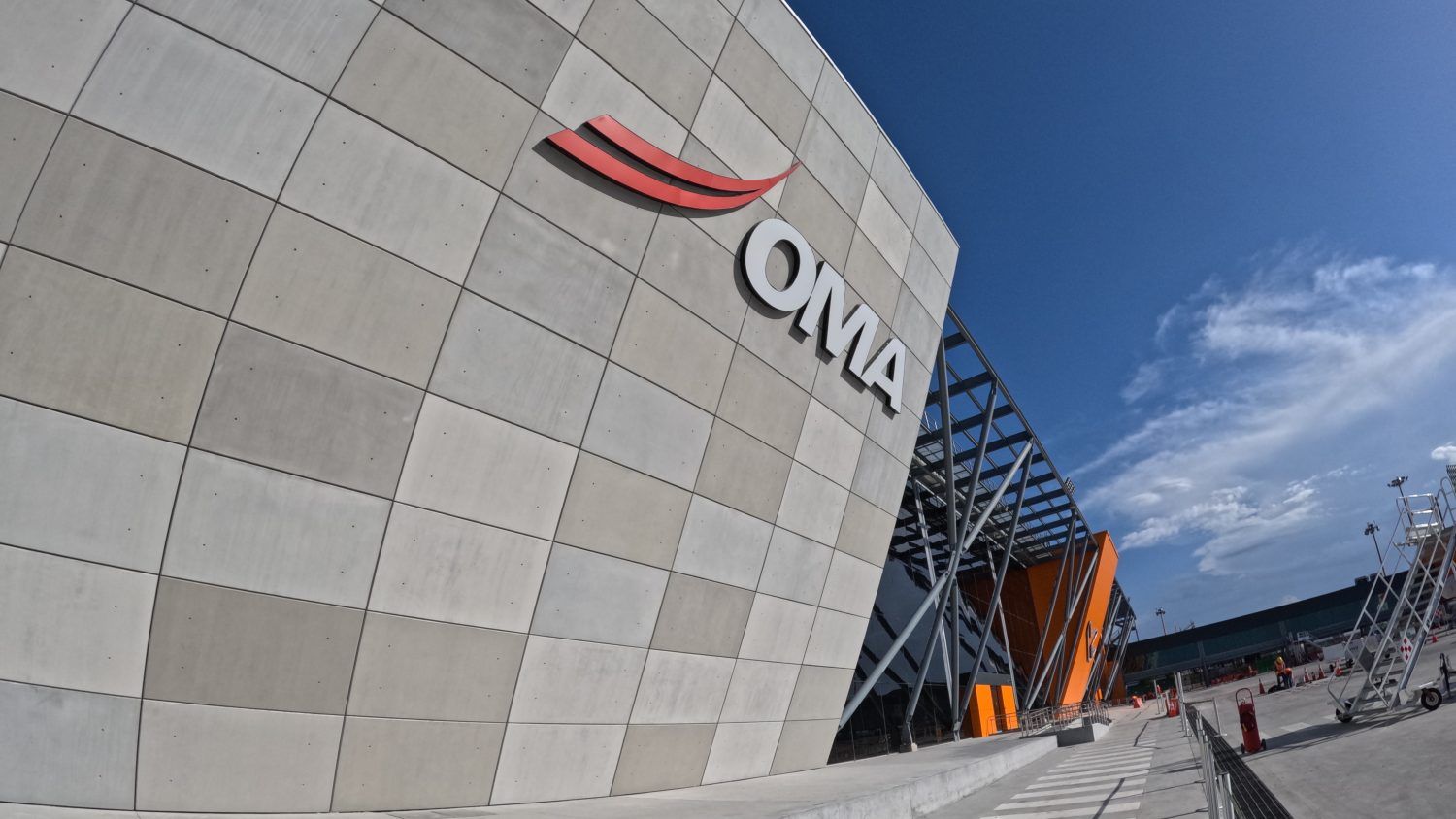Mexican Stock Exchange Suspends Trading of Key Airport Groups after Massive Stock Plunge
After the Federal Civil Aviation Agency (AFAC) of Mexico announced a change in the tariff regulation bases at the airports of the three main concessionaires in the country yesterday, the shares of Grupo Aeroportuario del Pacífico (GAP), Grupo Aeroportuario del Sureste (ASUR), and Grupo Aeroportuario del Centro Norte (OMA) plummeted up to 44% on Thursday. This forced the Mexican Stock Exchange to suspend their listings as it dragged the entire index down.
ASUR dropped by -16.77% but was down as much as 33.4% from the closing of the previous day; GAP closed with a decline of 22.28% after dropping as much as 33.5%; while OMA shares closed down by 25.96%, with a low of -44.07% until the suspension of its trading.
The full extent of President Lopez Obrador’s measures on airport operators is still unknown, but all three companies issued statements informing about the changes and that they are being evaluated to determine the impacts on their respective businesses, operational results, and financial condition.
ASUR operates nine airports in southeastern Mexico, including one of the major jewels of the region: Cancún (along with Cozumel, Huatulco, Mérida, Minatitlán, Oaxaca, Tapachula, Veracruz, and Villahermosa). In the second quarter of this year, it reported a net profit of 2,649.4 million Mexican pesos, 6.9% less than during the same period in 2022. The company also operates the José María Córdova airport in Medellín and has a 60% stake in the Luis Muñoz Marin airport in San Juan, Puerto Rico. In total, they mobilized 66.34 million passengers.
GAP operates twelve airports in the Pacific region of Mexico, notable among them are Guadalajara and Tijuana, along with Mexicali, Hermosillo, Los Mochis, Aguascalientes, Guanajuato, Morelia, La Paz, Los Cabos, Puerto Vallarta, and Manzanillo. They also have a role in the operation of the Sangster airport in Montego Bay and the Norman Manley airport in Kingston, both in Jamaica. In the second quarter of 2023, they achieved a net profit of 2,052.0 million Mexican pesos, 8.8% less than the same period the previous year. In 2022, their airports served 32.41 million passengers.
Lastly, OMA is responsible for operating 13 Mexican airports, including Monterrey and Acapulco, as well as Ciudad Juárez, Culiacán, Chihuahua, Durango, Mazatlán, Reynosa, San Luis Potosí, Tampico, Torreón, Zacatecas, and Zihuatanejo. In the second quarter of 2023, they reported a net profit of 1,272 million Mexican pesos, 37% more than the same period in 2022, during which they served 23.22 million passengers.
These three groups are the result of the privatization process that the Mexican government carried out in the late 90s, dividing 35 airports into four groups. In addition to the three mentioned above, there’s the Aeroportuario Group of Mexico City, which is state-owned.


Comentarios
Para comentar, debés estar registrado
Por favor, iniciá sesión